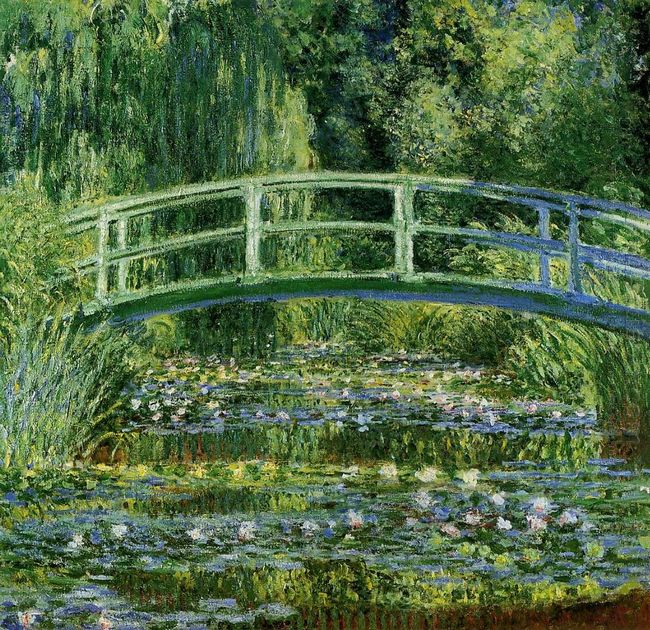The Peasant Wedding is a famous painting by Renaissance painter Pieter Bruegel the Elder. Pieter Bruegel the Elder was a Flemish painter and print maker well-known for his landscapes and peasant paintings. As a result, he got a name of "Peasant Bruegel". And The Peasant Wedding is one of his best peasant paintings.
The peasant wedding reflects the ordinary and comfortable life, which is full of sincere emotion. In order to make his painting match with simple atmosphere of the countryside, the artist intends to paint the clothes of all the characters in same color and decrease chiaroscuro, even to omit the shadow. Meanwhile it shows the painter's excellent techniques on composition and color layout. He clearly depicts people having meals by using the most modern diagonal composition methods available at the time. The banquet is in a barn in spring. The only one green canopy on the wall which highlights the location of the bride and the master of the house and it also makes the theme clear. Though the banquet seems to be quite ordinary, we can feel its grand and holy atmosphere.
As we can see from the painting, the bride is sitting just under the canopy alone without his husband around her. And where is the groom? Perhaps he is the man who is pouring out beer. Why he is not seated at the table? We can get the answer from the history, the gloom is not allowed to sit at the dining table when the wedding s going on according to the custom contemporary. And what are others doing? There are two pipers playing music and a boy eating with satisfaction in the foreground.
Actually, from the whole painting we are not able to feel much joy of the wedding, though the bride is exposed a smile, she still look depressed because of the absence of the groom. There are many people around the table, but most of them look busy or preoccupied. Only the priest is chatting in the corner. The feast seems sumptuous but if we have a closer look, there is only a little food on those plates. Nevertheless, people still eat with relish, kids sitting on the floor sucking their fingers, enjoying the rare delicious food. This reminds us of the hard life peasants have. The painter is just like an outsider, presenting all this to the audience. It tells us that no matter how poor the environment is, people always have the ability to survive.






